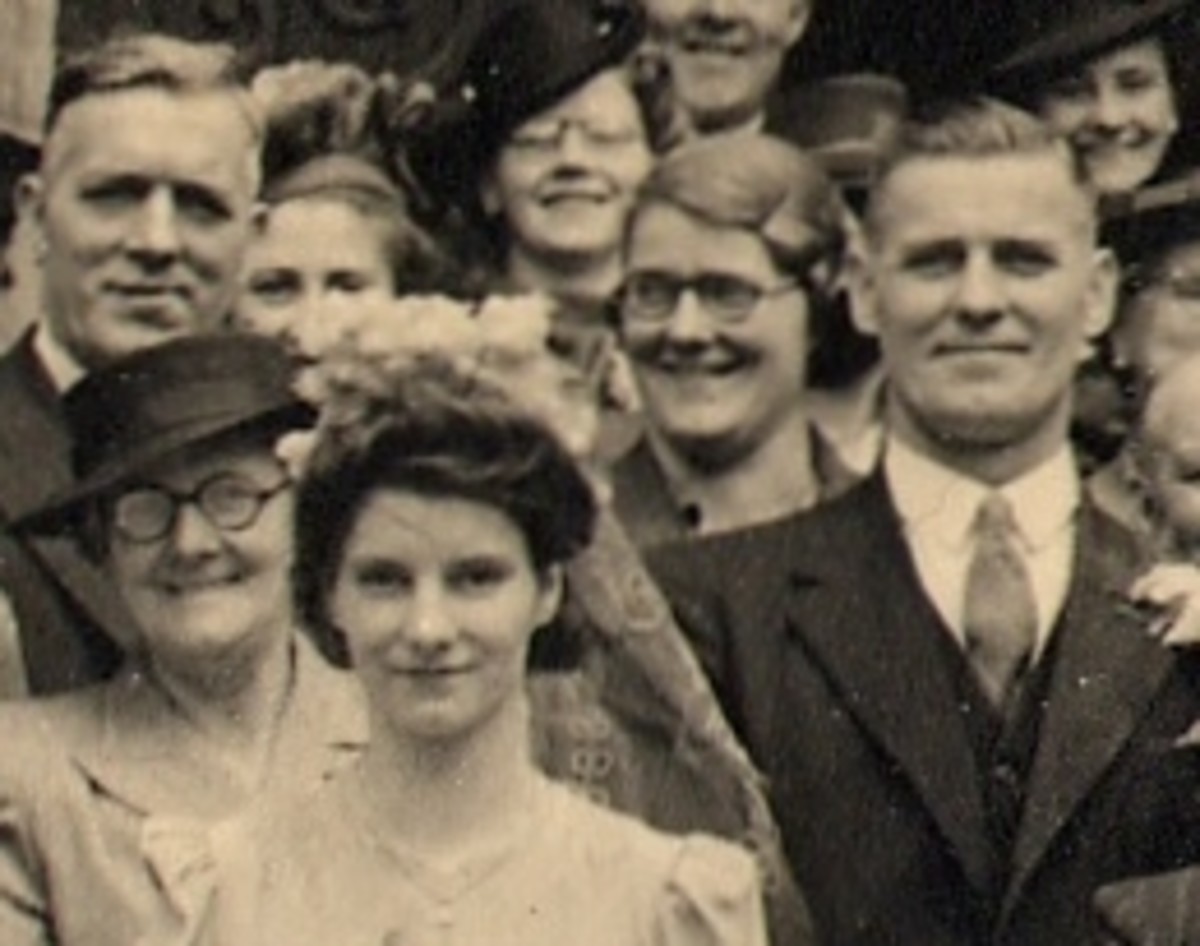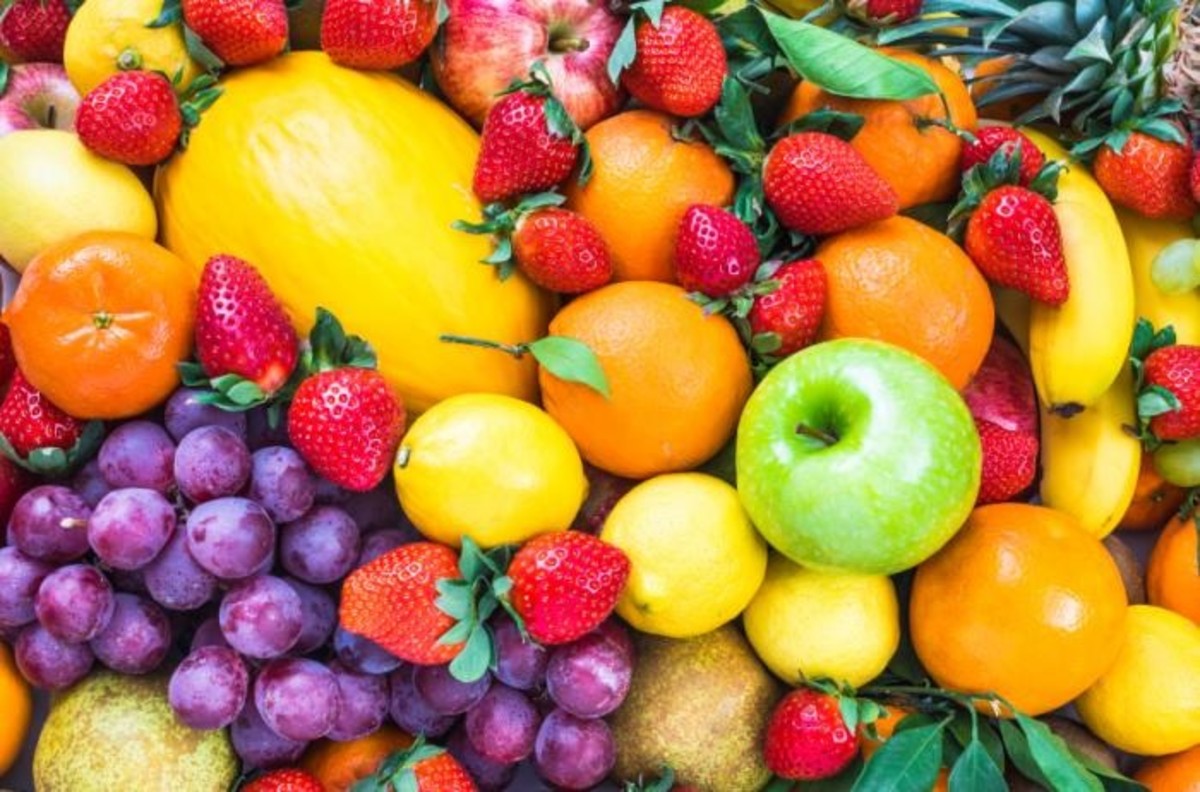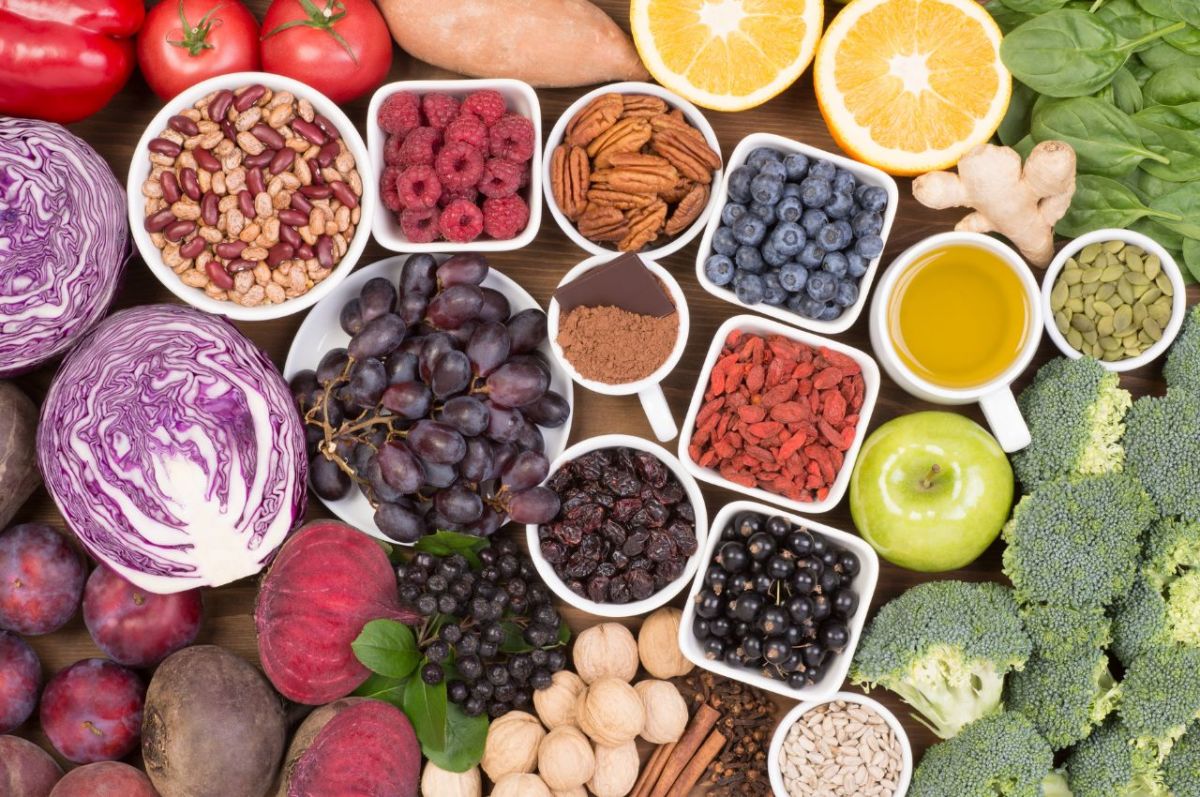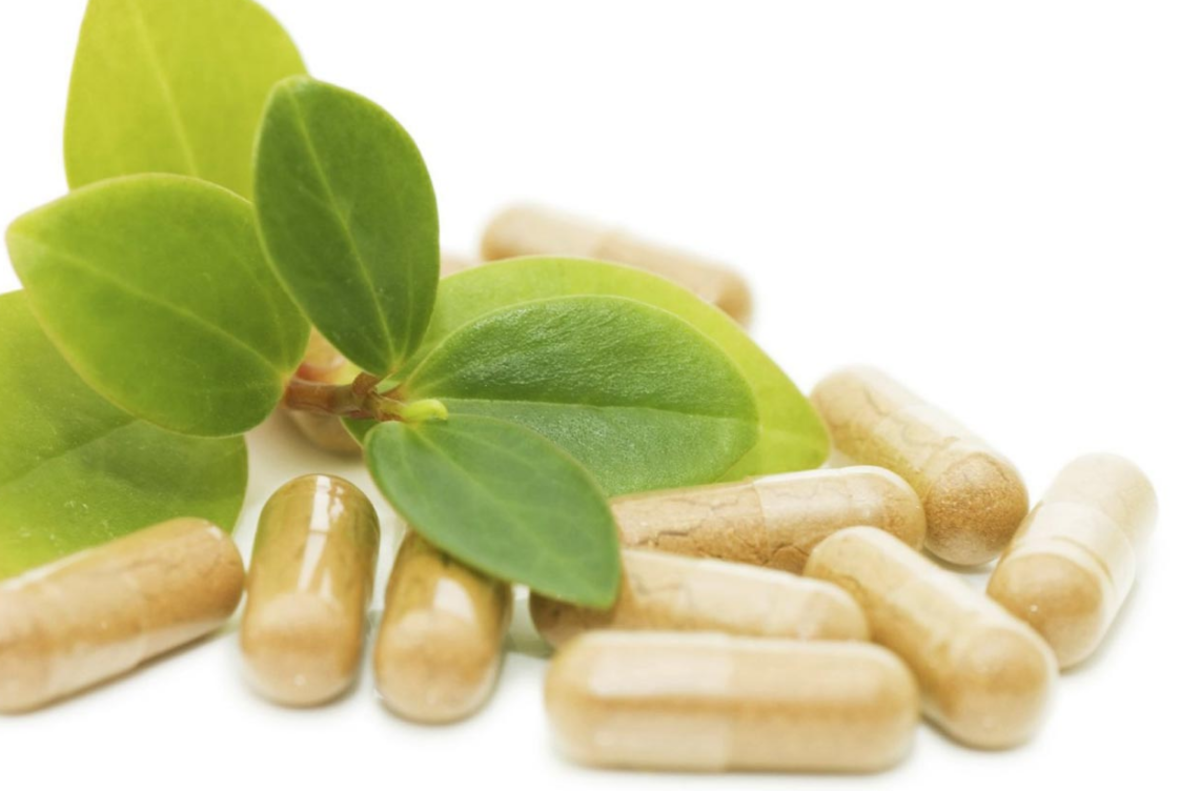Oxidative Stress: Ways to Reduce or Prevent It
Oxidation is a chemical reaction, in which there is loss of electrons by a molecule, atom or ion, resulting in an increase of its oxidation state. The opposite process is called reduction, which occurs when there is a gain of electrons by a molecule, atom or ion, resulting in a decrease in its oxidation state.
Free radicals -
Oxidation is a gradual process, occurring basically all over at cellular level in the body. Oxygen in the body splits into single atoms with unpaired electrons. Electrons like to be in pairs, so these atoms - called free radicals - seek out other electrons so that they can become a pair. When a free radical succeeds in gaining another electron from a nearby molecule, it leaves its victim short an electron and has now made this new molecule a free radical. This free radical will, in turn, steal an electron from another molecule as well. The result is what we call a free radical cascade, an enormous chain reaction of free radicals that quickly wreaks havoc on living tissue.
A free radical is unstable and highly reactive. Unfortunately, oxygen is very susceptible to free radical formation. Oxygen free radicals are implicated in the overall aging process and development of many diseases.
Oxidative stress –
Oxidative stress can be defined as a disturbance in the balance between the production of free radicals and antioxidant defenses in the body. When the concentration of free radicals is not controlled by internal defense mechanisms such as antioxidants or enzymes involved in oxygen radical scavenging, oxidative damage occurs to proteins, lipids, and DNA (genes).
Researchers find that a substance indicating oxidative damage increases in urine as people get older. The new marker potentially provides a method to measure how much our body has aged -- our biological rather than chronological age. This could help predict our risk of developing age-related disease.
Oxidative stress and diseases –
Oxidative stress may play a major role in the causation of numerous human diseases, many of which are enumerated below. Further research is needed to establish a firm correlation between these diseases and the role of oxidative stress in their pathos-physiology.
- It is suspected to be important in neurodegenerative diseases including Lou Gehrig's disease, Parkinson's disease, Alzheimer's disease, Huntington's disease, depression, and multiple sclerosis.
- Oxidative stress is thought to be linked to certain cardiovascular disease, since oxidation of LDL in the vascular endothelium is a precursor to plaque formation. Therefore, it is thought to be linked to both strokes and heart attacks.
- Oxidative stress is likely to be involved in age-related development of cancer.
- It is likely to cause acute Lymphoblastic Leukemia.
- It causes obesity and diabetes mellitus.
- It causes lung diseases including asthma, pulmonary fibrosis and lung cancer.
- It causes some eye diseases including age-related macular degeneration, retinitis pigmentosa, cataract, diabetic retinopathy.
- It causes joint disease such as rheumatoid arthritis and temporomandibular (TMB) arthritis.
- It is also likely to cause liver disease such as Wilson’s disease.
Ways to prevent or reduce oxidative stress –
As we have noticed that oxidative stress is likely to cause a host of disease, it is, therefore, imperative that we take necessary measures to prevent or reduce it.
Do regular exercise - Regular exercise is important in maintaining a healthy body weight, which is a key factor to prevent oxidative stress. Finding a way to get regular exercise can be difficult for many people though they often have great intentions. Swimming, walking, rowing, or playing games can keep one moving and are quite valuable provided they are done regularly. There is a caveat that exhaustive exercise can overwhelm body’s defenses against free radical damage. Therefore, allow adequate recovery between exercise sessions and plan rest time into your routine to avoid overtraining.
Eat more fruits and vegetables - Many foods are good sources of antioxidants. The antioxidant minerals, selenium and manganese, are found in small quantities in meats and seafood, but the primary food source of all antioxidants is plant foods. The best way to get a variety of antioxidants in the diet is to eat foods that represent all the colors of the rainbow. Each color provides its own unique antioxidant effects.
Despite numerous studies, no substantial health benefits have been demonstrated for supplemental antioxidants. Antioxidants in food, however, are considered safe.
Avoid exposures to chemicals – Though we can’t completely avoid them, we should limit our exposure to environmental pollutants as much as possible. We must quit smoking or chewing tobacco if we indulge in. We should also take a closer look at the cosmetics and personal care products we are putting on our skin. Organic or natural products are much safer, including household products.
Conclusion –
As a result of oxidation, free radicals – highly reactive molecules - are produced in and outside the body. They are described as electron hungry molecules produced when oxygen is metabolized or burned by the body. They travel through cells disrupting the structure of molecules causing cellular damage. Under certain situations, they produce several deleterious effects in the body. The changes induced by free radicals are believed to be a major cause of aging, disease development and death. For optimal health, a balance must be maintained between free radical formation and antioxidant production. Fruits, grains, legumes as well as vegetables are rich in antioxidants, which protect the cells from damage caused by free radicals as well as toxic substances from food and the environment.
Under normal conditions, the body has the inherent ability to defend against free radicals by producing three substances: glutathione, catalase and superoxide dismutase. These substances, known as antioxidants, work as free radical scavengers, seeking out free radicals and donating the electrons needed to neutralize them, thereby quenching their need to search out and destroy healthy cells.
Reference -
Frontiers. "Simple urine test could measure how much our body has aged: A promising new marker of aging could help predict the risk of developing age-related disease and
Science Daily, 27February2018
<www.sciencedaily.com/releases/2018/02/180227090733.htm>.








